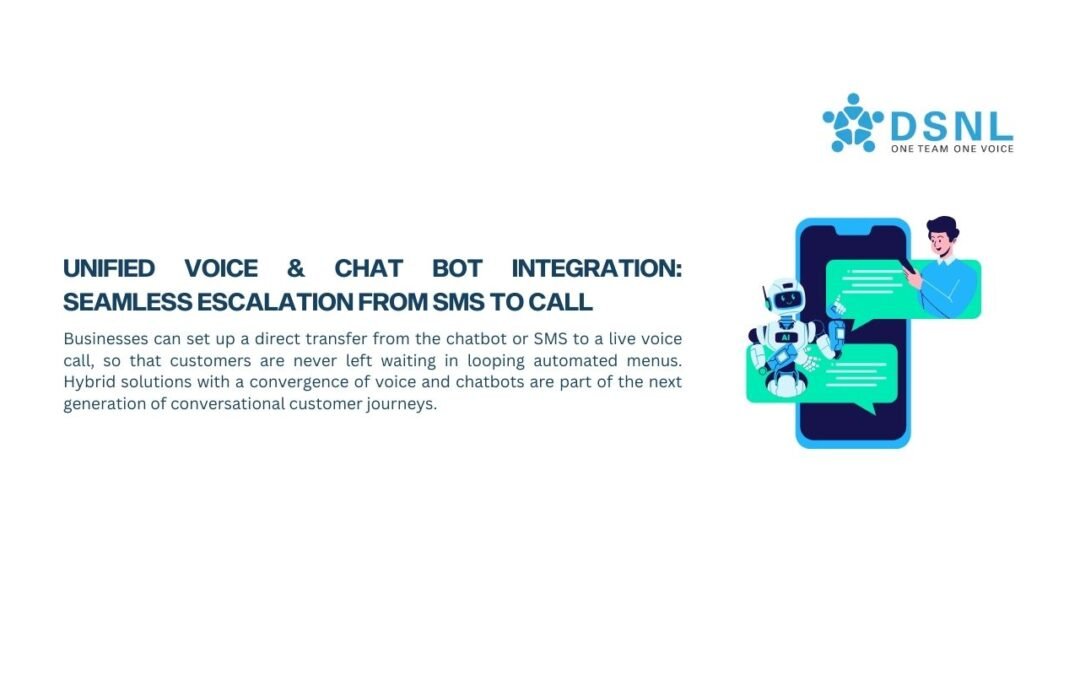In an age when online learning is ubiquitous across apps, desktops, and even smartphones, a new channel is rising as a means for time-bound, just-in-time knowledge delivery: voice. As voice interfaces across telephony networks, IVR systems, and AI-driven voice technologies continue to be more sophisticated and capable.
This article will explore what microtraining over the phone means and how organizations can leverage telephony and voice as a learning platform.
What is Microtraining over the Phone?
Microtraining is a concept that was introduced in the 1990s. It is the practice of delivering condensed learning modules that focus on a single concept or skill in a time-bound manner. Microtraining is a staple of modern training, from gamified app modules, instructional videos, to bite-sized text articles.
Microtraining over the phone is a subset of the overall microtraining concept. Here, instead of pushing out learning modules through apps or video content, employees receive training through automated telephone calls and IVR systems.
Telephony Networks & Training Delivery
Telephony platforms offer an infrastructure that can enable microtraining, with organizations no longer being required to push training through browser-based LMS apps or even mobile-first training applications.
Instead, they can be reached directly by phone call and prompted to listen to an audio message or voice-bot with learning modules and questions. Responses can be input through keypresses or, for more advanced interfaces, even speech recognition systems.
The setup for delivering training modules or refresher lessons over phone lines can be automated. Calls can be scheduled through existing LMS or HRIS systems at a specified cadence or on an on-demand basis. Results can be aggregated in real-time, and analytical insights or AI can even be applied to determine when employees should be called and how modules should be sequenced based on previous scores or performance data.
Skill Validation & Voice Quizzes
Voice quizzing or skill validation can be easily built into a microtraining program. A quick session of multiple-choice questions can be run through IVR, or speech-to-text recognition can be applied for open-ended questioning.
For example, a customer service representative may take a five-minute product knowledge refresher over the phone and then answer three scenario-based questions to validate retention. Results can be automatically pushed back to the employee’s training record, and managers can have a near real-time view of team readiness or knowledge gaps.
Adaptive learning can also be enabled with voice quizzes. If the system notices an employee continually getting a module wrong or not scheduling a refresher in a set time, it can automatically prompt or force an employee to re-do lessons until a certain score or criteria is met.
Benefits of Voice-based Learning
Voice-driven microtraining has several advantages that it can offer for both learning and organizations:
- Accessible and Scalable:Using voice as a platform removes dependencies on smartphones, specific apps, or even constant internet connectivity. A simple phone is all that is needed.
- Convenient:Training modules are delivered in small, palatable, and easy-to-access sessions.
- Personalization:AI and analytics can be used to sequence lessons or push reminders to employees at different intervals.
- Engaging:Interactive voice systems allow for conversational language, gamified quiz systems, and active vs. passive training.
- Real-time Visibility: Training and results can be pushed directly to managers in near real-time.
- Customer Support:Soft skills refreshers or handling critical scenarios can be pushed via voice to agents.
- Education:Students in low-connectivity or rural areas can receive additional lessons or knowledge validation.
Any industry with employees who are based on-ground or with learning needs will be able to integrate telephony as a means for time-bound microtraining.
Future of Telephony as a Learning Platform
The increasing power of AI, natural language processing (NLP), and voice biometrics recognition is likely to drive the next wave of sophistication in telephony-led training. Conversational IVR or voice systems can more naturally create branching roleplay experiences or even simulate tone and voice confidence to provide more detailed feedback to employees on knowledge application.
Integration with enterprise dashboards will mean training is not only distributed but measured and improved over time based on new insights.
Conclusion
Microtraining via voice represents a convergence of multiple trends: the application of AI to voice to drive complex, conversational language experiences, the ubiquity of telephony, and a growing demand for personalized and just-in-time knowledge delivery.
Phone-based learning solutions meet the needs of all these variables, providing an opportunity for organizations to expand on their existing microtraining programs and extend training to their on-ground workforces. Contact us today to learn more about voice driven learning for telephony micro training.

